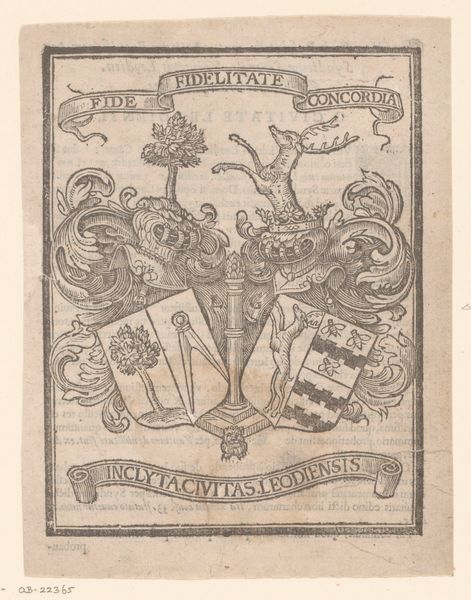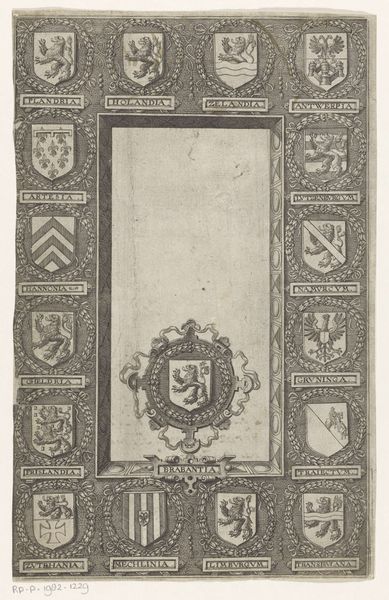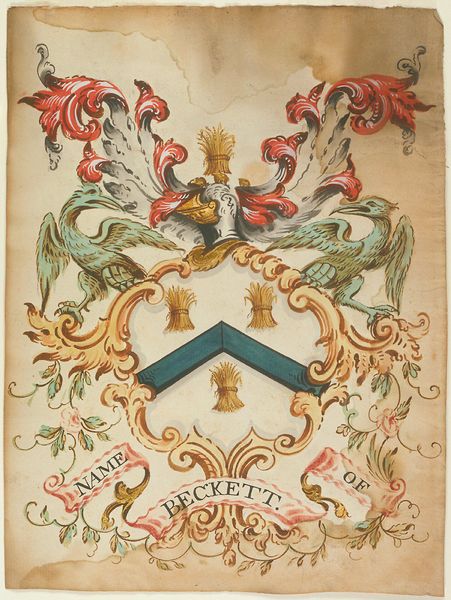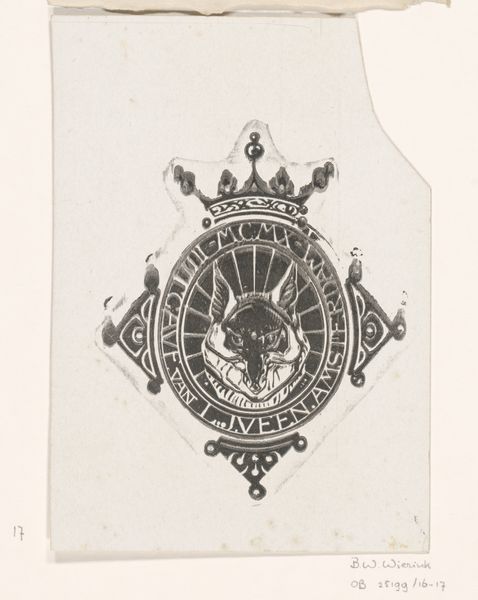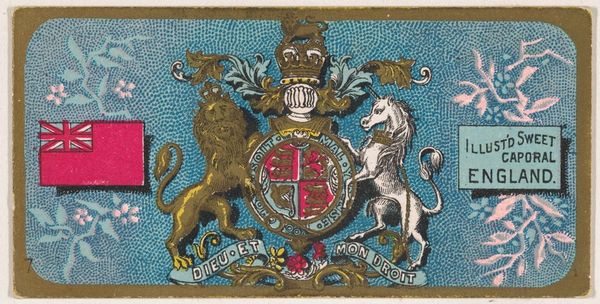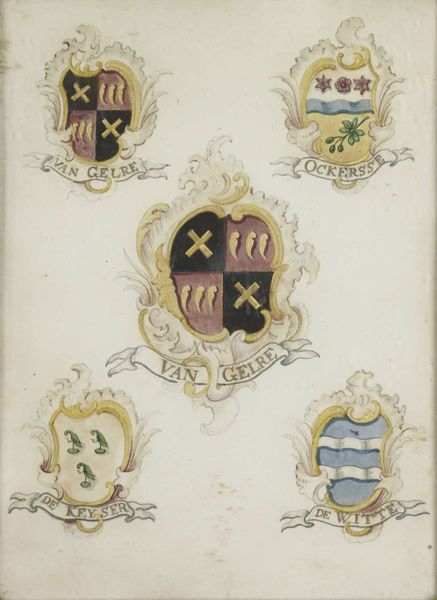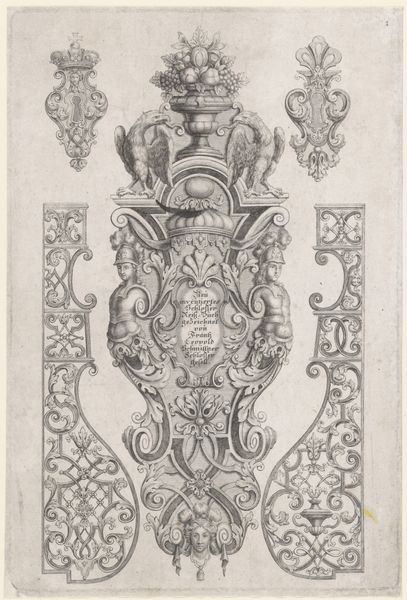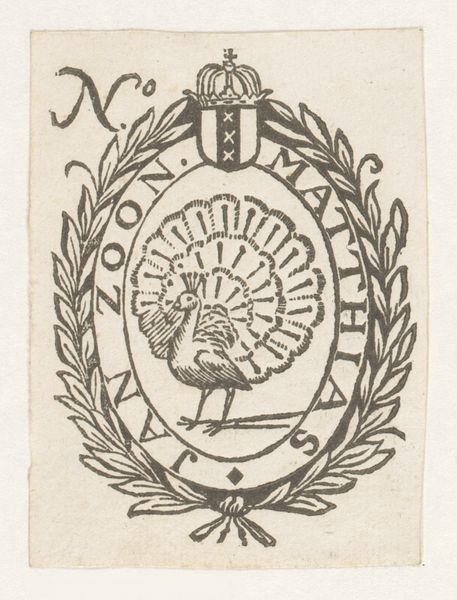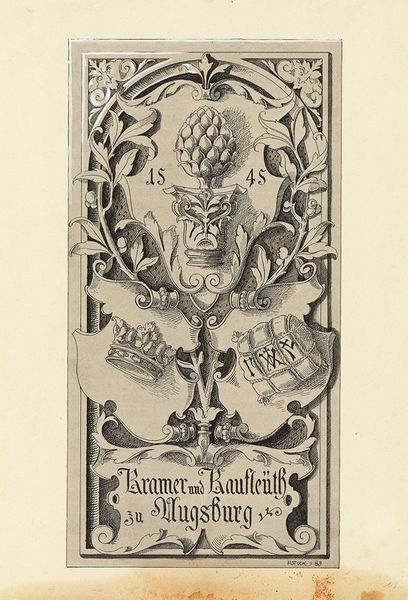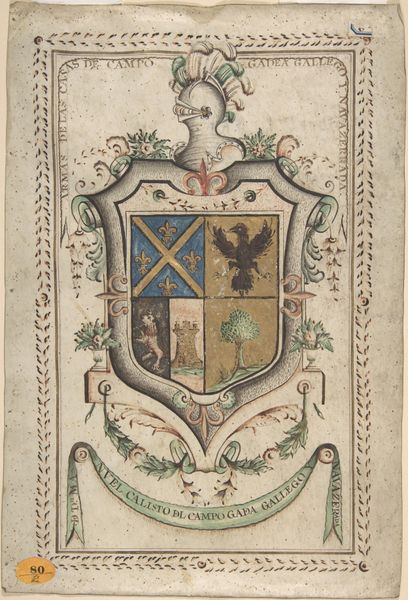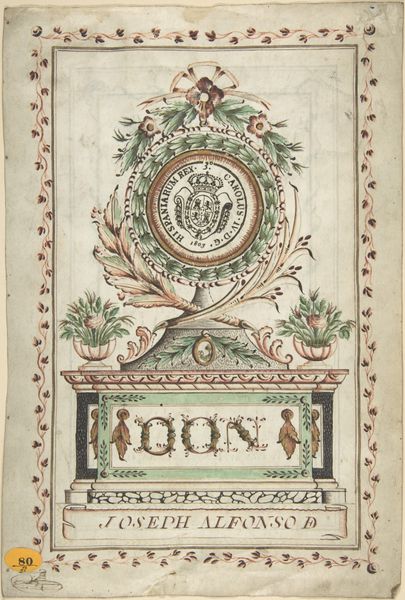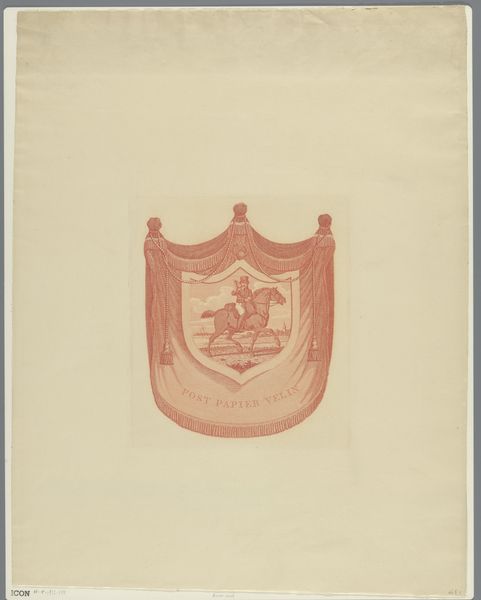
Order of the Garter, England, from the Military Series (N224) issued by Kinney Tobacco Company to promote Sweet Caporal Cigarettes 1888
0:00
0:00
drawing, coloured-pencil, print
#
drawing
#
coloured-pencil
#
water colours
# print
#
coloured pencil
#
horse
#
men
#
history-painting
Dimensions: Sheet: 2 3/4 × 1 1/2 in. (7 × 3.8 cm)
Copyright: Public Domain
Editor: This is "Order of the Garter, England," a print made around 1888 by the Kinney Tobacco Company. It's a small, decorative card featuring St. George slaying the dragon, surrounded by the motto of the Order of the Garter. Given its origin as a cigarette card, I’m curious, what aspects of its production and intended use do you find most interesting? Curator: It's crucial to understand these trade cards, not as isolated images, but as commodities circulated within a burgeoning consumer culture. Consider the materiality – coloured pencil and print on thin card stock. It transforms aristocratic imagery into a cheap, mass-produced item. The labour involved in creating these thousands of cards also contrasts sharply with the elitism the image projects. Editor: So, it's less about the artistry and more about its role in popular culture at the time? Curator: Precisely! We need to challenge that "high art versus low art" binary. This wasn’t meant for a museum; it was a disposable good designed to promote the consumption of cigarettes. Ask yourself: how does the historical context change our understanding of the visual elements themselves? Does the dragon become less a symbol of evil, and more an element in branding a cigarette? Editor: That's fascinating, it completely reframes how I see the image! I was so focused on the imagery itself, but thinking about the means of production and distribution provides so much more depth. Curator: Exactly! By interrogating the materials, process and the social context, we can expose the complex layers of meaning embedded within even the most unassuming object. Understanding art as labor challenges assumptions. Editor: This has really opened my eyes to the importance of looking beyond the surface and considering the conditions that shaped the creation and use of art. Thank you. Curator: My pleasure. Remember to question, analyze, and consider the socio-economic factors influencing artistic expression.
Comments
No comments
Be the first to comment and join the conversation on the ultimate creative platform.
